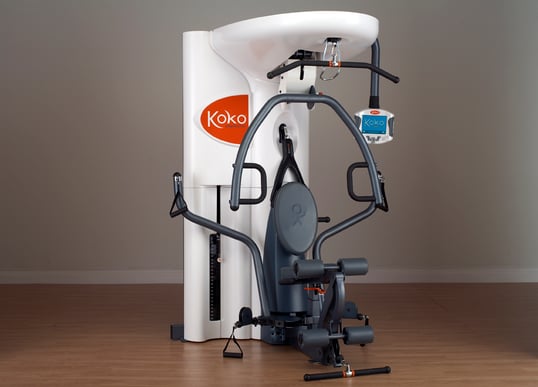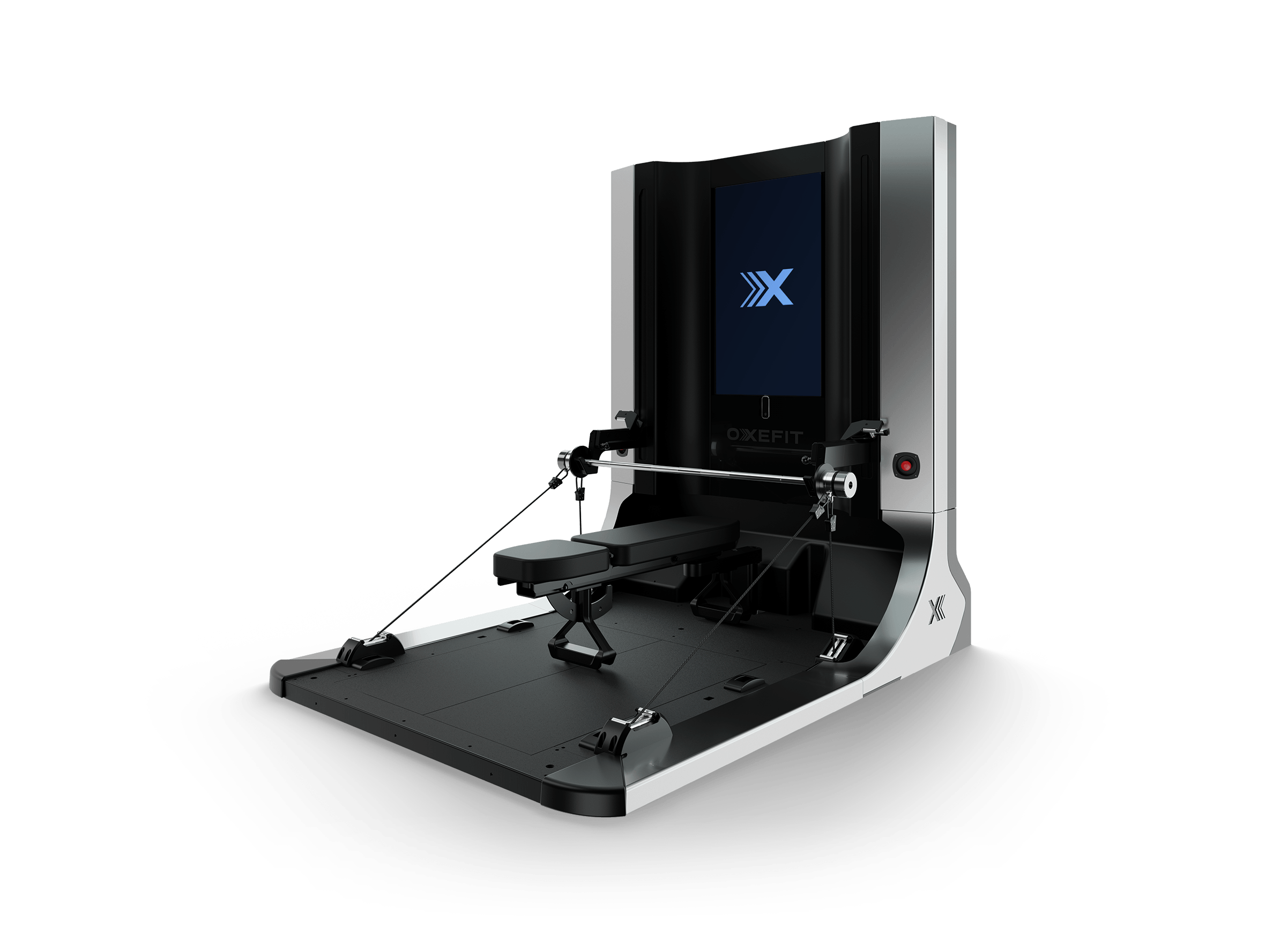Connected fitness is both older and younger than people think it is.
The idea of connecting fitness equipment to other pieces is actually as old as the idea of electronic equipment. There were early rowing machines back in the '90s that they would daisy came together and you literally get to race against other people. And there were treadmills and cardio equipment that was connected to the internet to create something called asset management back in the early 2000s. I remember being in the back room of a booth at a show with manufacturers telling us that this would allow us to know when treadmills were wearing before the clients even knew it.
.jpeg?width=356&height=141&name=images%20(22).jpeg)
And shortly after that they started putting TV screens and media screens on cardio equipment, as well as having strength equipment with cards and kiosks. Not to mention the Koko Gym, which was way ahead. And that was all still before 2010!


What we consider connected today, however, is very different. Because what we're looking for today is a library of content, and two-way feedback between the content and the equipment and the user.
But there are definitely two separate generations of connected, content bearing, equipment so far.
The first generation is equipment with great content, and great marketing. It's very heavy on the instructors and very light on the equipment side. We've seen a lot of brands that show up with fancy marketing but the equipment is poorly made and has very little part support. Most of this is sold D2C, delivered the same way, and is made only for the home market. And when you read the reviews from the better Business bureau, it's clear that there is very little money put into customer service or the after sale support. But, there's all that marketing telling you who's music they're using or which sports star they gave a bunch of shares to do some ads and be a spokesperson.
Moreover, the biomechanics I normally pretty suspect. The first connected fitness treadmills I saw were not only badly made, but they were unsafe, and the cushioning system... Well... There wasn't any. And the recalls. Ouch.
The second generation of connected fitness equipment seems to be starting to address those issues. I suppose it's inevitable, as fitness equipment has always eventually needed to compete in the durability, quality, and especially the biomechanical-effect area. I have a lot of connected fitness treadmills I work with, but we also sell a ton of non-connected machines based on their superior warranty and their cushioning system.
When you explain to someone that the connected fitness treadmill that was highly rated on the web only has a 2-year parts warranty and nearly no cushioning, and they compare it to a treadmill with a 10-year warranty and an orthopedic pad... Well it's how much tougher decision than people think.
But we're starting to see better quality and better made connected fitness pieces. We'll be talking about this piece next...






COMMENTS